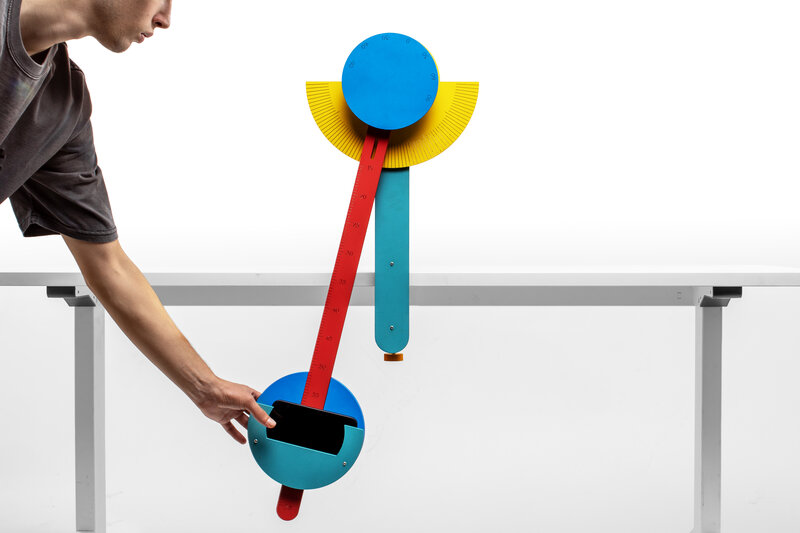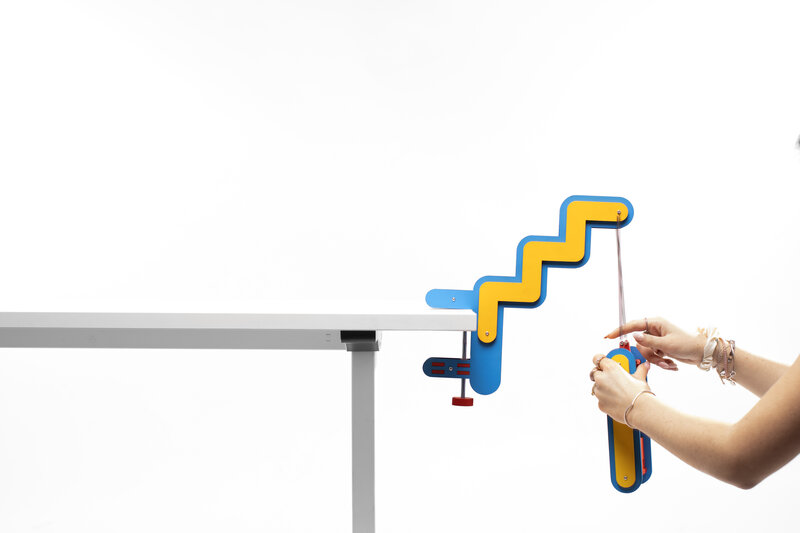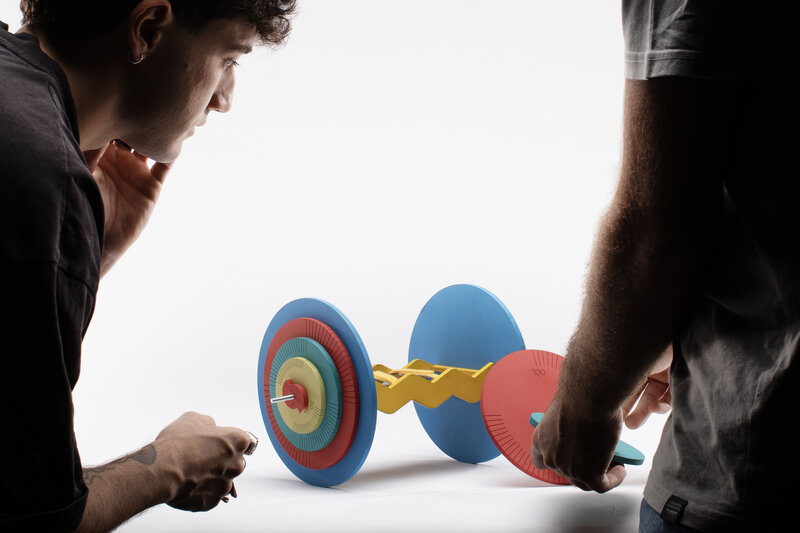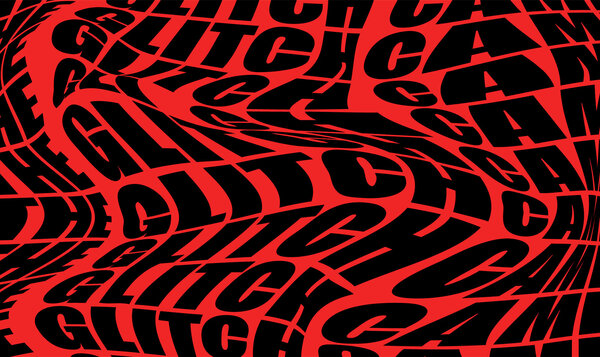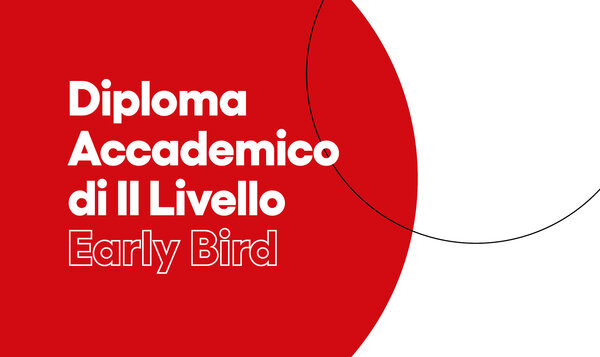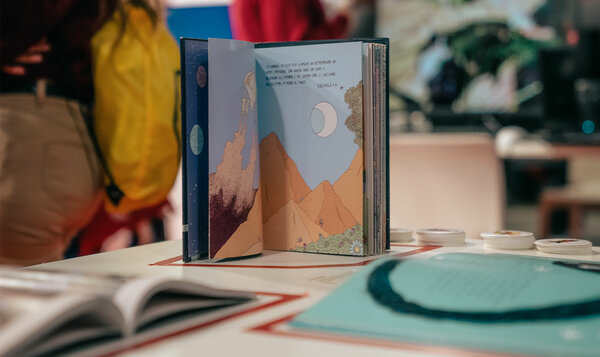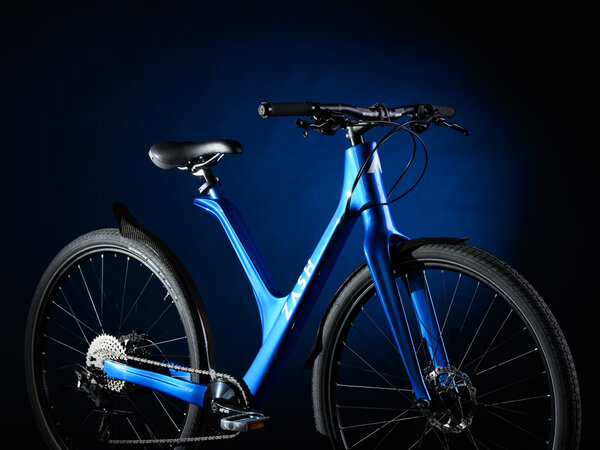Smartphones at school? They can prove to be excellent educational companions, and become valuable aids in the study of science subjects, especially if they support new tools designed to promote various practical activities in the classroom.
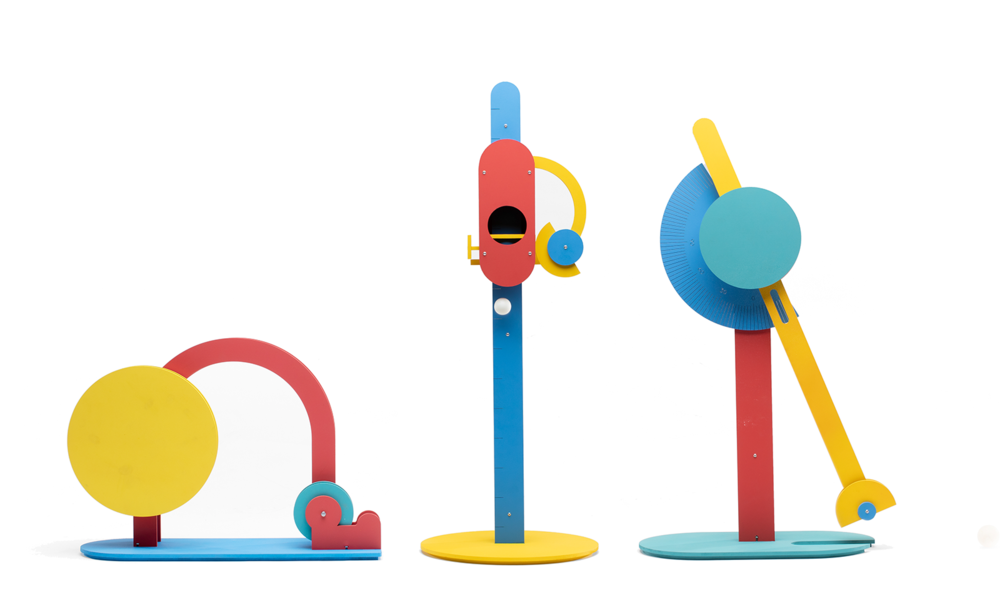
Design for Physics @Maker Faire Rome 2023
Date
17 October 2023
These are the elements that gave rise to Design for Physics, a project arising from the partnership between the Istituto Europeo di Design in Rome and the Physics Department of Sapienza University of Rome, which proposes new didactic tools for secondary schools designed to improve physics education also through the use of smartphones.
Springs, pendulums, inclined planes, rolling: various laws of physics can be studied through the tools of Design for Physics, which, in order to stimulate interdisciplinary connections, uses a line of unusual and colourful shapes to inspire creative associations between art and scientific disciplines. Based on simple geometries and bright colour combinations, the shapes recall the radical style that characterised Italian design in the 1960s and 1970s, reviving a provocative and revolutionary vision that emphasises creativity and design identity.
All the proposed tools are low-cost and intended for large-scale production or self-production directly in schools, which are more and more often equipped with digital fabrication labs. Additionally, all the materials and components are cheap, easily available and environmentally friendly. Unlike the traditional model in which schools invest in devices which are high quality but expensive, and limited in quantity for shared use by an entire class, Design for Physics allows small group work on normal school desks, without the need for dedicated spaces. The use of smartphones is one of the focal points of this innovation, allowing the digitisation of measurements and promoting the learning of calculation, graphics and programming software. Finally, the proposed tools are highly versatile and adaptable to the different sizes of smartphones, allowing students to take advantage of the sensors built into common devices, as well as the free applications already available online.
This work therefore aims to highlight how the connection between design and scientific research can promote innovation in school learning contexts, even where resources are limited.
The ideas behind the projects are by Flavia Colonnelli, Marco De Michele, Daniele Abbati, Giulia Azioneti, Fabio Caricato, Paola Hofmann, Alessandro Malaspina, Clelia Menghini, Lara Mucci, Francesco Poletto and Federico Vicario, students in their second and third year of Product Design at IED Roma, led by lecturer Mauro del Santo, under the supervision of Gianfranco Bombaci, Coordinator of the School of Design, and with the advice of Giovanni Organtini, Associate Professor of Experimental Physics at Sapienza University in Rome.
